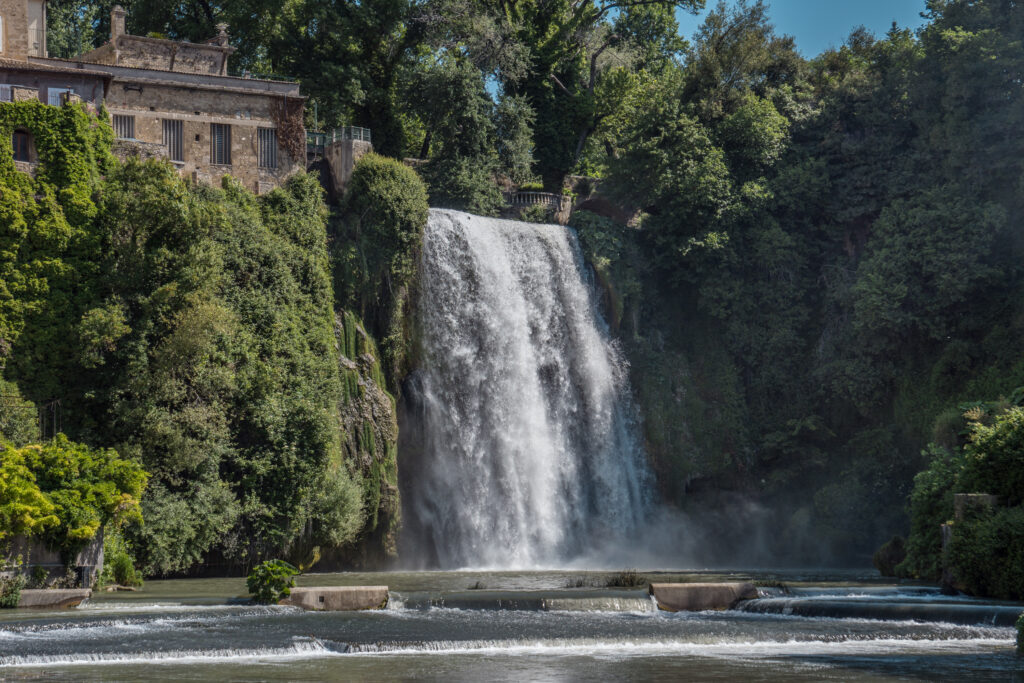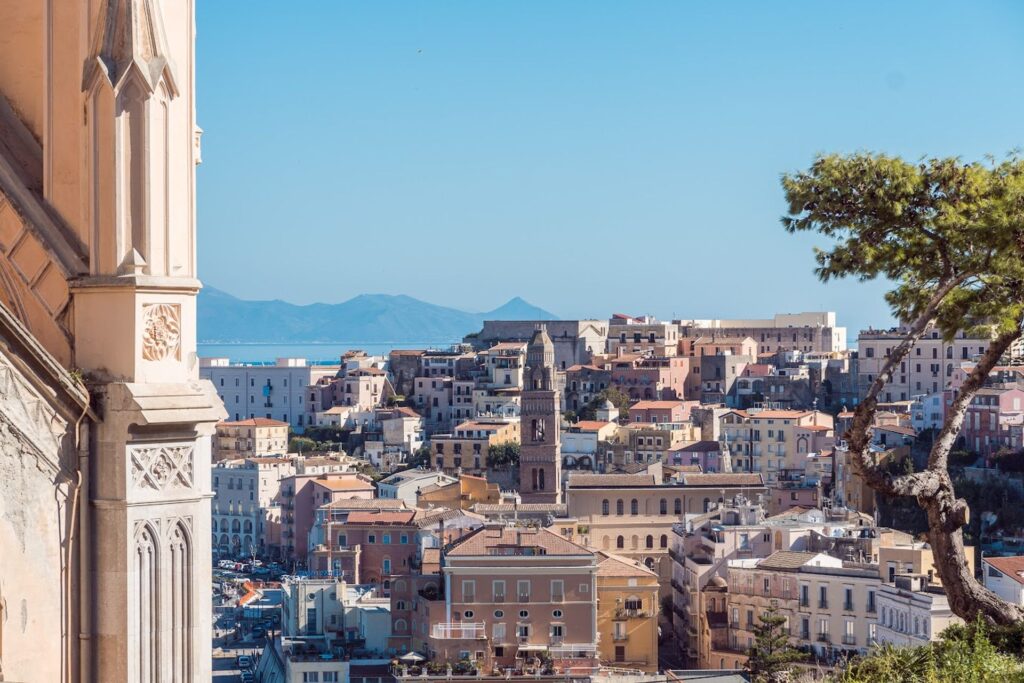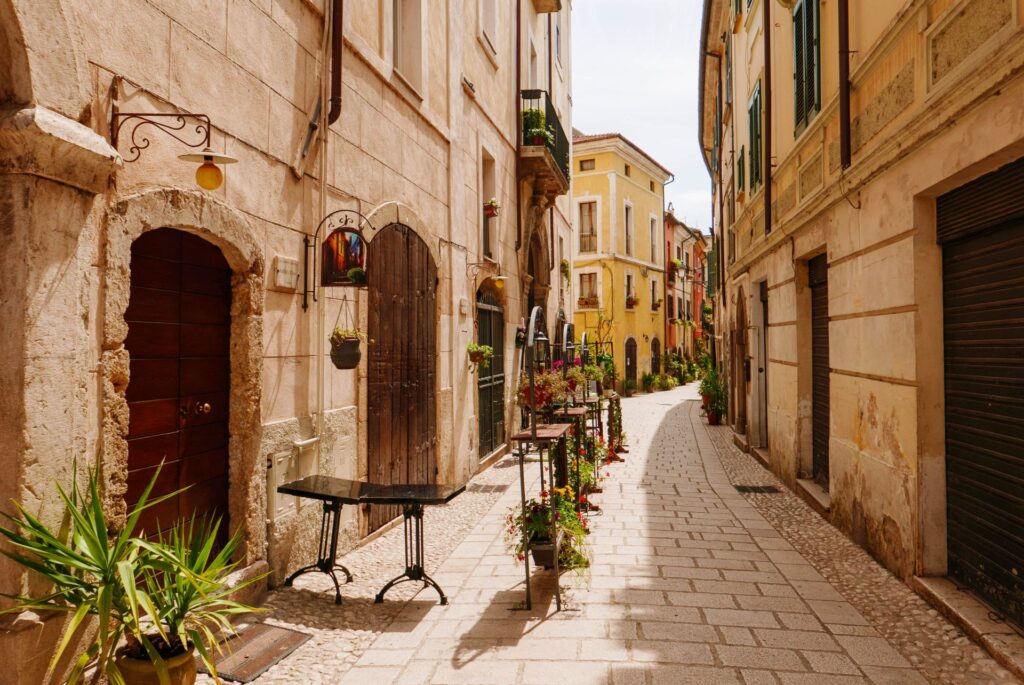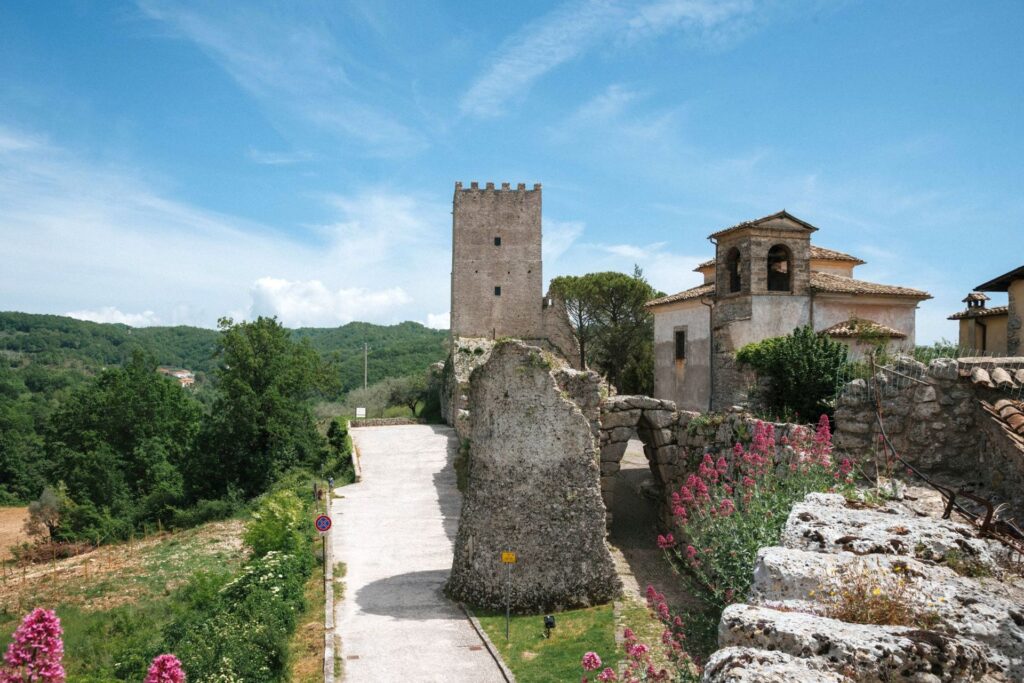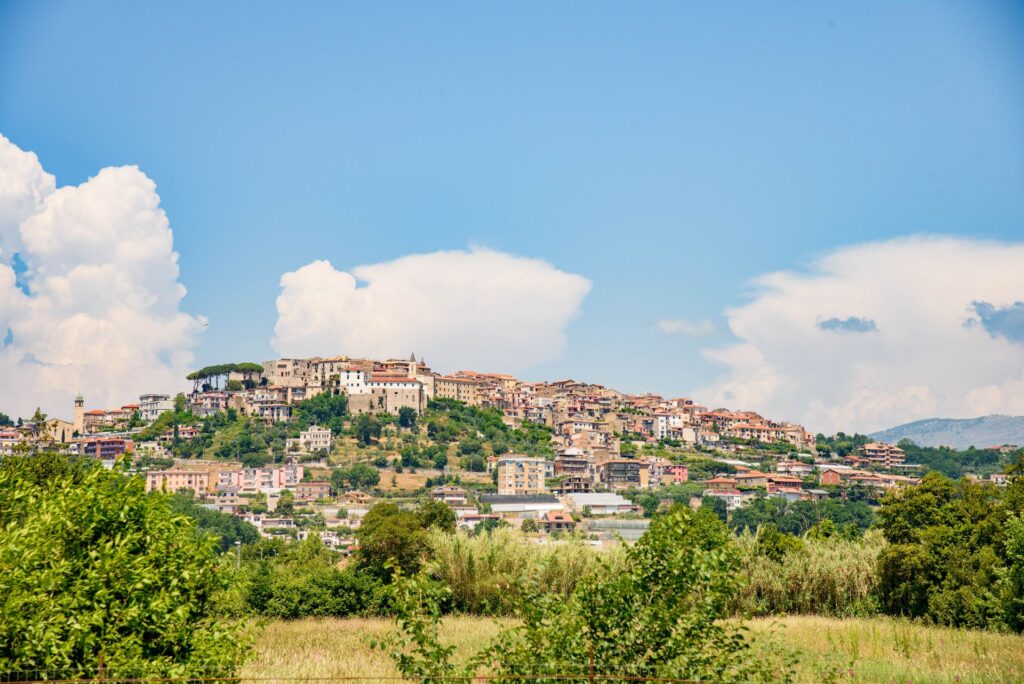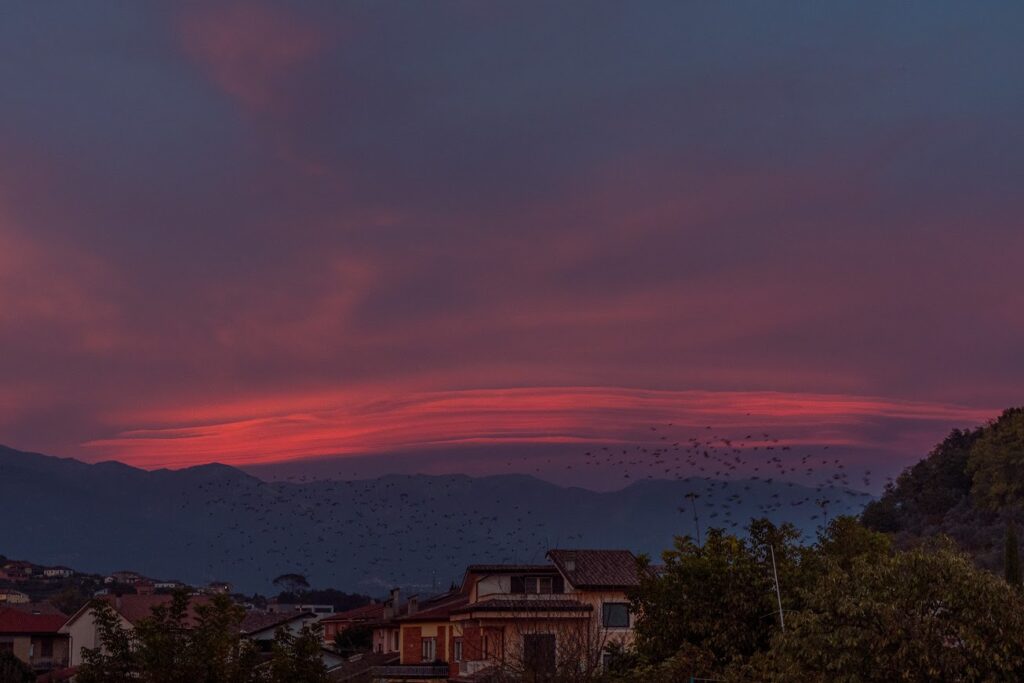Villages
Formia
The village of Maranola
The village of Maranola, in the municipality of Formia, rises 269 m above sea level and is characterised by narrow alleys and typically medieval houses. The oldest evidence of human settlements in the Maranola area dates back to the pre-Roman and Roman ages, as attested by cyclopean walls, remains of aqueducts and rustic villas all over the hillside area. In 830, the bishop of Formia built the rock sanctuary of St Michael Archangel on the top of Monte Altino. In 842 and 846, the Saracens destroyed Formiae and the inhabitants fled to the hills at the foot of the Aurunci Mountains and so Maranola was born. The first news about the village is found in a document from 950: the act of donation of estates in Marana (Maranola) and elsewhere from the dukes of Gaeta Docibile II and Giovanni II to Duke Marino. In the 10th century it was under the rule of the Duchy of Gaeta, then passed into the Kingdom of Sicily, then under the rule of the Swabians, Angevins, Caetani, Colonna and finally Carafa until 1806, when the King of Naples abolished feudality.
It was an autonomous municipality until 1928, when it was joined to the town of Formia.
The historical centre, of medieval origin, develops in concentric circles around the central core consisting of the castle ruins. Next to the castle are the two main churches. The Church of Santa Maria dei Martiri, which has no real façade, is accessed through a door at the base of the bell tower. The interior consists of a simple nave with two cross-vaulted bays. The first bay has three Baroque altars dedicated to Our Lady of Sorrows, Saint Sebastian and Saint Blaise. The second bay has a 16th century altarpiece with the Madonna and Child between St. Peter and St. Paul and, further to the side, the Assumption of Mary and the Annunciation. The most interesting work is a valuable 16th century terracotta nativity scene in the left transept. It consists of large sculptures arranged on two tiers with the Nativity group at the bottom and scenes of daily life on the upper tier. In the right transept, there is a small Gothic chapel with precious frescoes from the 14th and 15th centuries.
The Church of San Luca, completely restored after the bombings of the last war, preserves a 13th-century bell tower. The Crypt of San Luca, casually discovered in 1997 during work on the floor of the church, preserves six ‘Madonne del Latte’ painted in fresco and dating from the 14th-15th centuries. Perhaps it was a place of devotions for pregnant women who required protection from possible complications of pregnancy and childbirth, but also from the lack of milk to nourish the unborn child. In addition to religious monuments, Maranola also possesses a remarkable example of medieval military architecture. This is the square tower of Onorato I Caetani, dating back to the first half of the 14th century and about 30 m high, made at the highest point of the village. Also, not to be missed are Piazza Antonio Ricca, conceived as a belvedere over the Gulf of Gaeta, and the 14th-century Church of the SS. Annunziata, in Gothic style with the adjoining Franciscan convent, outside the town walls.
Maranola is home to the Monti Aurunci Regional Natural Park.

